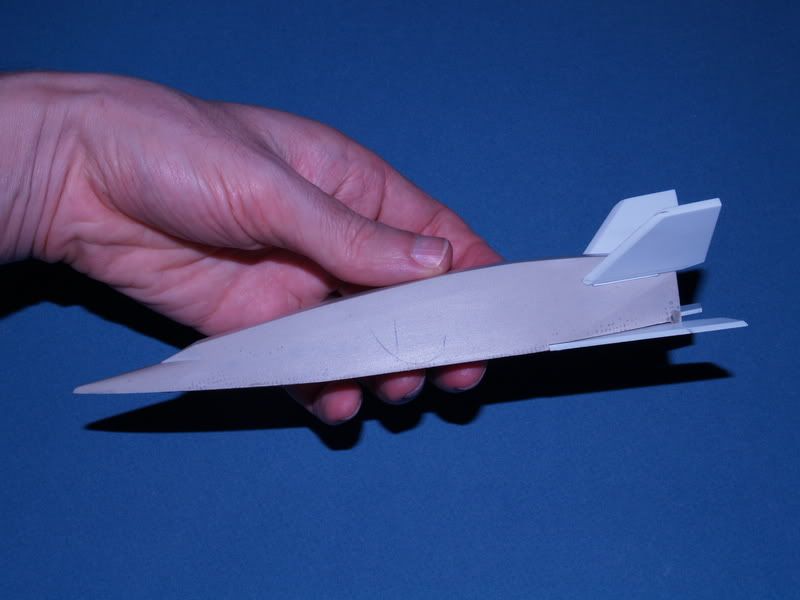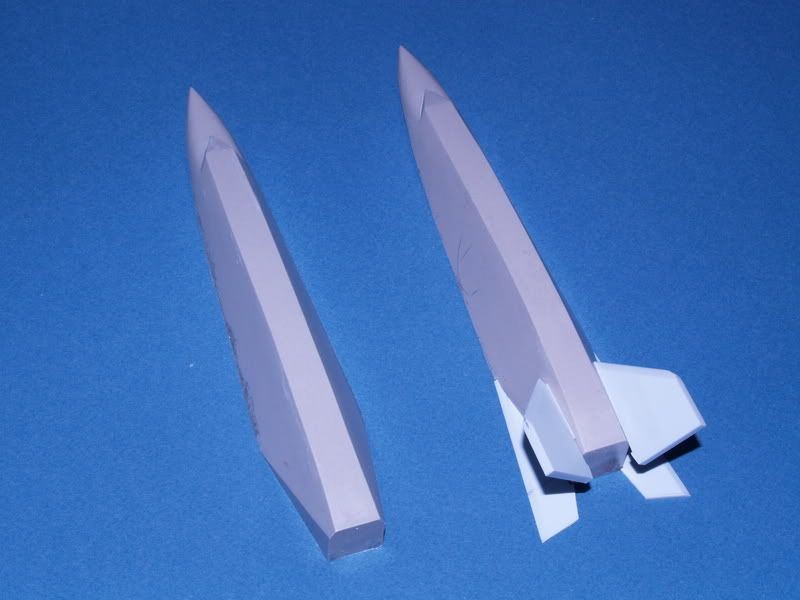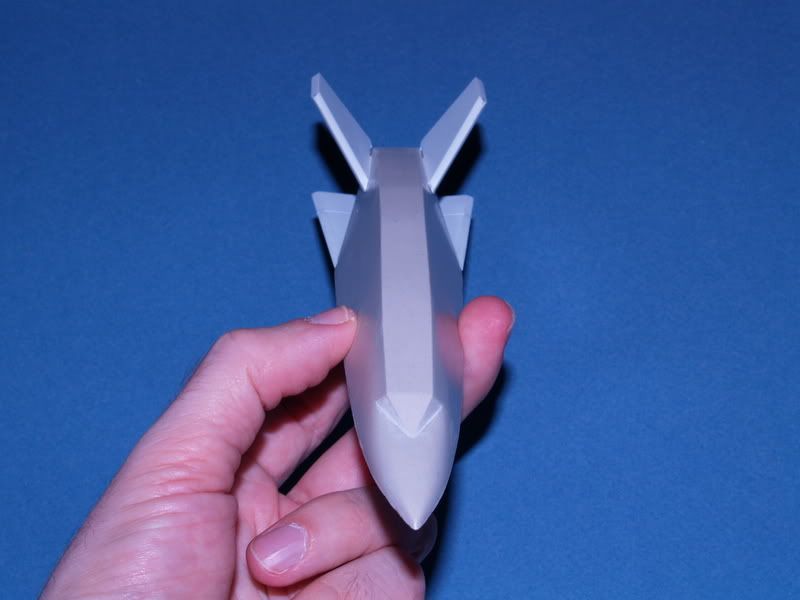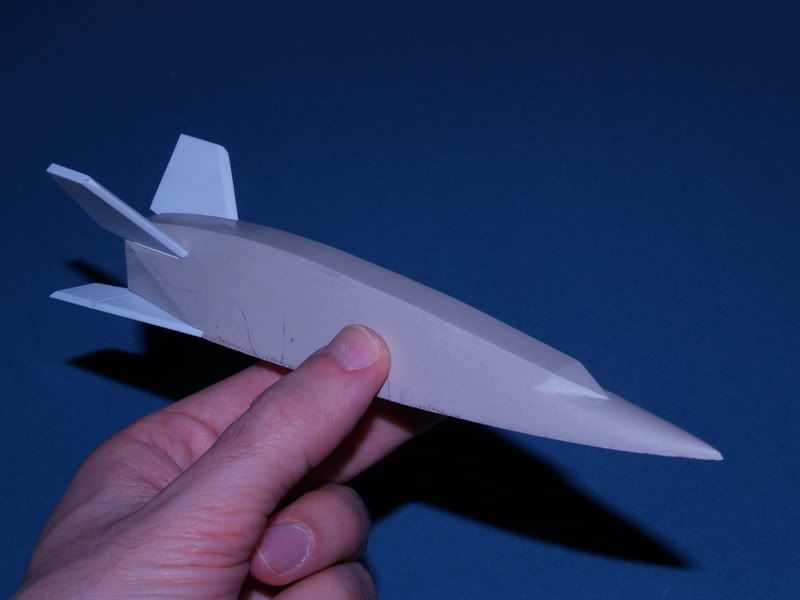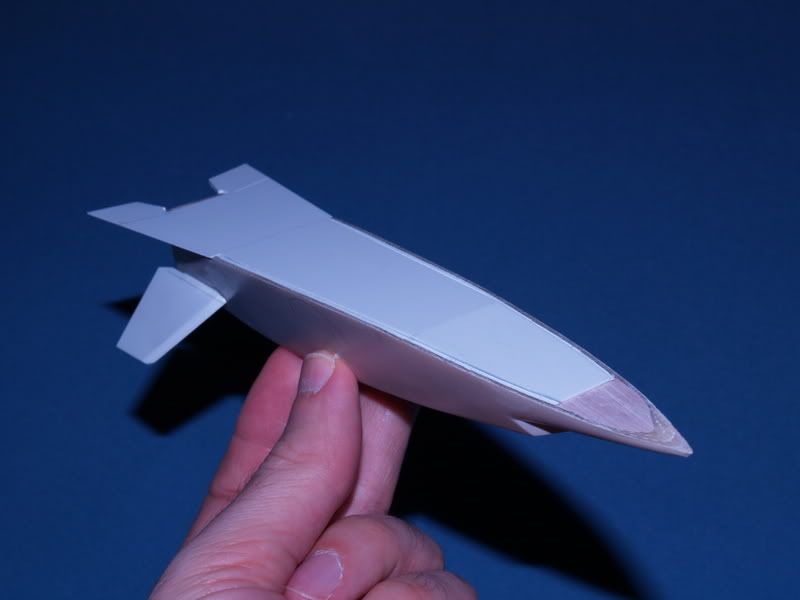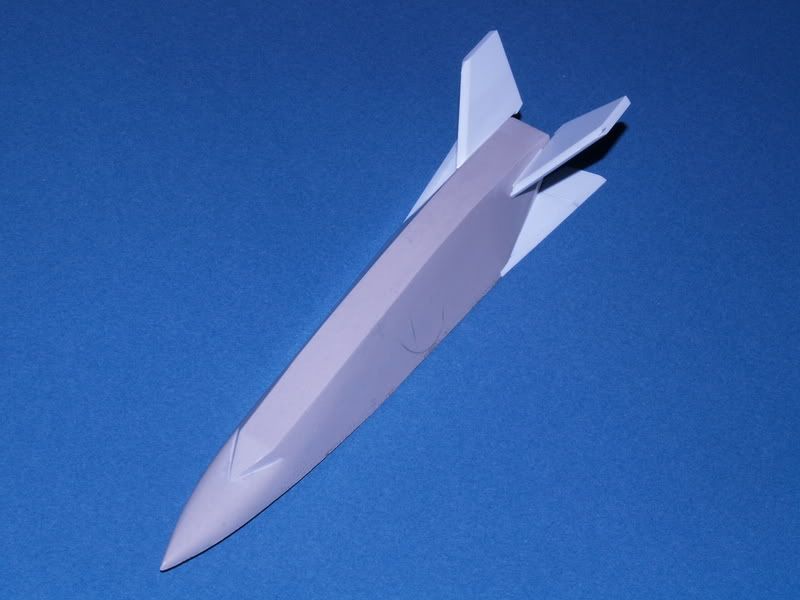 posted 03-24-2009 06:05 AM
posted 03-24-2009 06:05 AM
   
An all new kit is available from Stratosphere Models:The MDD FDL-7 Model 176, M.O.L. Space Station Rescue & Transport Vehicle. Up to now even more secret than the FDL-5, the FDL-7 Model 176 represented the classified version of the FDL-7 project, as developed by McDonnell Douglas Astronautics Company. Designed to carry 12 to 13 crew to the MOL military space station, the Model 176 hypersonic glider was as long as the largest FDL-5 from Lockheed but was much more narrow. It was to be launched by the SOLTAN version of the Titan rocket. The Model 176 kit from Stratosphere Models, another exclusive world premiere. It continues and complete my new line of hypersonic classified spacecrafts from the US Air Force from the 1960's and 70's. The MODEL 176 kit is to scale with both my FDL-5 and FDL-7 C/D in my 1/100th scale line! (As well as with 2 more upcoming models to be announced soon!) Stratosphere Models have been able to accurately reproduce the length and span and shape of this very special spacecraft, thanks new photos of the wind tunnel models. The model kit is based on the wind tunnel model photos as well as on drawings data. 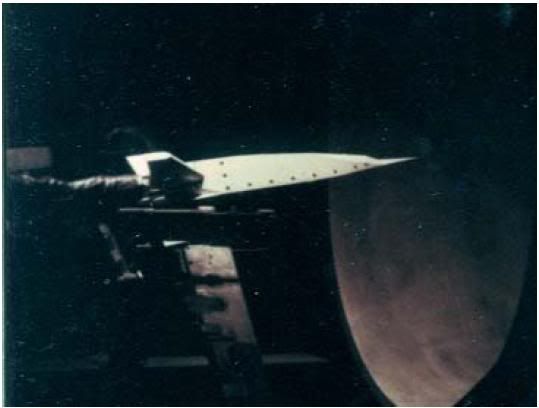 A phosphore-coated, wind test tunnel model of the McDonnell FDL-7 MODEL 176. A manned spaceplane that was designed in the 1960's as a crew transport and resupply spacecraft for the Manned Orbital Laboratory (MOL).  Another wind test tunnel model of MODEL 176, bottom view. 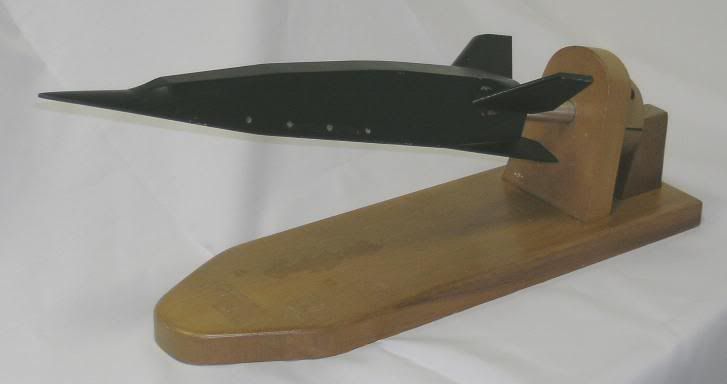 A very nice and newly declassified picture of the FDL-7 MODEL 176. This appears to be actually the same wind test tunnel model seen in the first picture, but painted black this time. Note the very thick fins and the very pointy nose. Because this lifting body shape have such a strong sweep angle and thus would land at too high a landing speed, it is almost certain MODEL 176 would have had stowed "scissor wings" in the upper part of the fuselage. 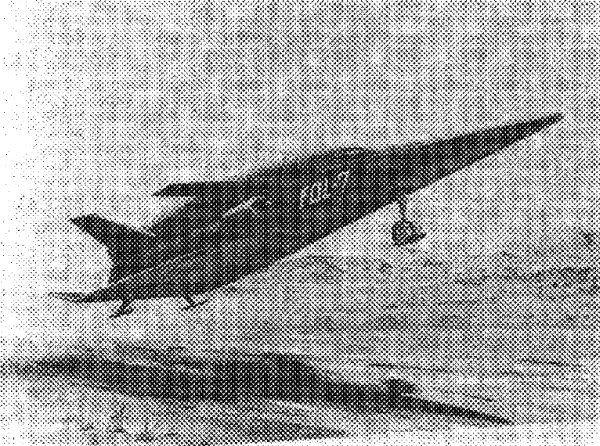 Like this. This is the conical nose version of MODEL 176. Note the metal skids used as main landing gear (the 35 feet long unmanned Lockheed FDL-5 A also used the same type of landing gear). The vehicle was thermally managed with nose transpiration cooling (demonstrated in flight in 1966) and heat pipe leading edges filled with sodium (demonstrated by Nasa Langley in 1967-68). With cooling, temperatures on the nose reached only 212 degrees F, and 1300 degrees F for the leading edges. (100 degrees Centigrade & 704 degrees Centigrade). The outside structure was made of coated Columbium panels Niobium) on the underside, and of insulated Inconel honeycomb shingles on the sidewalls, and of diffusion bonded multicell titanium panels on the upper sides and top. The trapezoidal cross section with flat panel walls was found to better dissipate heat and thus help to keep temperature to a more acceptable level. One vehicle was to be docked at all time to the MOL space station as a rescue vehicle. The FDL-7 MODEL 176 was also linked to project Rheinberry, it was a very secret CIA and USAF reconnaissance aircraft project that might have replaced the Lockheed A-12 if it had been fully developed. Dick Mulready : "Advanced Engine Development at Pratt & Whitney". "The inside story of eight special projects". Published by the SAE. Society of Automotive Engineers). The NEW 1/100th scale FDL-7 MODEL 176 resin kit RETAIL PRICE is 45.00$US and it is available right now. The kit includes 6 parts and 4 pages of technical information with photos. Shipping is extra. This is a limited edition model kit. Stephane.
Stratosphere Models
Website: Picturetrail.com/stratospheremodels
Email: stratospheremodels@yahoo.fr Photos copyright Stratosphere Models. | 














